All established fashion designers know the gruelling work behind creating a fashion collection from start to finish. It can be even more challenging to find the right manufacturer to bring those designs to life.
The best fashion manufacturers consistently prove their expertise. Many of the highest-quality manufacturers, especially in Italy, use production techniques derived from generations’ old practices and focus on the traditions of high-quality craftsmanship. Because of their commitment to craftsmanship excellence, the best manufacturers have become world renowned by producing fashion products for prominent brands like Gucci and Versace. As a result, these highly-coveted manufacturers selectively partner with fashion brands– nearly every fashion brand wants to work with them, but these select manufacturers only partner with a chosen few.
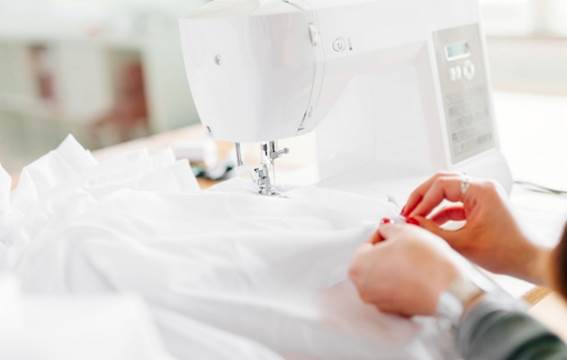
So, how do these acclaimed manufacturers choose their fashion partners? Some within the fashion industry assume that such legendary manufacturers only partner with big brand names, but this isn’t the case. Sometimes one of the most important factors these renowned manufacturers consider when choosing their fashion partners depends on which specific fashion products a fashion brand plans to produce and sell. Given the extensive fashion production knowledge of these acclaimed manufacturers, they can immediately recognize which fashion projects will likely go awry during the manufacturing process. With their decades of experience in fashion production, the best manufacturers see certain manufacturing red flags that most designers don’t.
Therefore, when designing your next fashion collection, designers should consider the following manufacturing red flags. By looking out for these manufacturing red flags and designing your collection accordingly, the best fashion manufacturers are more likely to consider accepting your designs for production.
1. Fast Fashion
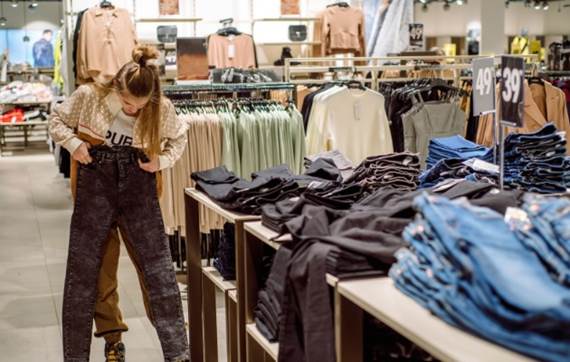
According to the best fashion manufacturers, one of the most obvious manufacturing red flags is fast fashion products. Beyond fast fashion’s undeniable damage to the environment and its proclivity towards worker mistreatment, fast fashion lacks real creative direction. Consequently, the most highly regarded manufacturers actively avoid fast fashion because it lacks any opportunity for them to demonstrate their craftsmanship. For these acclaimed manufacturers, high-quality production means everything, and they won’t risk their manufacturing namesake for profit. They prioritize the clear, creative vision of luxury fashion above all else. Indeed, designers should have “clear ideas and focus,” says one MakersValley Italian artisan, Luisa. Having previously worked with designers like Diane Von Furstenburg, Luisa echoes the strong sentiment amongst high-quality manufacturers that clear, creative direction means producing fashion collections with real craftsmanship, unlike fast fashion, which only focuses on fast production and quick turnover for profit.
2. Leather Products (Particularly Shoes)
Leather fashion products, particularly leather shoes, often raise red flags for the world’s leading manufacturers. Troubles related to leather shoe production stem from the assumption that a more expensive leather shoe means easier maintenance over time. However, when defining “easier maintenance,” leather shoe producers often disagree. Italian manufacturers produce shoes using the Blake stitch, where the upper is sewn directly to the sole, which creates a more flexible type of shoe. The fashion industry famously associates the Blake stitch with Italian manufacturing, and thus considers its style to reflect a more European, lightweight look than other shoe stitching methods. This particular type of stitching comes from the industrial revolution, when in 1856, American Lyman Reed-Blake created a machine precisely for sewing shoe soles to the vamp (or upper) of the shoe. Using a Langhorn sewing machine, the Blake stitch allows producers to sew all of the layers without using welts, stitching through the outsole, insole, and bottom of the shaft of the shoe. Italian shoemakers swear by the Blake stitch because the sew prioritizes a lightweight, elegant, and sleek style. “The shoemakers in Italy, the artisans are very traditional,” says Gabi Levi, founder of leading shoe brand, Eve & Kane, “They’ve been making shoes the same way for generations.”
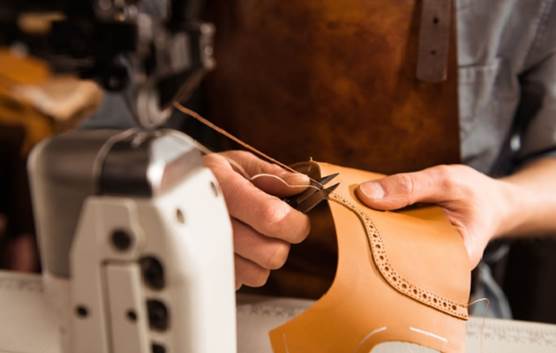
While most fashion experts agree “Made In Italy” connotes premium leather shoes, other fashion producers argue that the Italian Blake stitching only allows for two to three repairs. Granted, while the other sewing method, the English Goodyear stitch, adds more layers to produce a more strenuous and water-resistant construction, it significantly loses its flexibility with all of its layers and sturdy construction. As a result, the Goodyear stitch produces a heaviness to its wear and less of a fashionable, elegant look compared to the Blake stitch.
Besides weighing the pros and cons of certain leather stitches, manufacturers around the globe are also concerned about the lengths they must go to secure high-quality leather. Italy, for example, is praised within the fashion industry particularly for its leather tanning methods, and consequently is one of the world’s leading leather producers. The country boasts its vegetable tanning method, which uses natural vegetable tannins (organic substances found in tree bark, plants, and fruit) to manufacture leather. A master Italian tanner will adjust their blend according to the desired finish, often relying on generations’ old manufacturing traditions to create the finest Italian leather.
Italian leather producers want to ensure that the fashion brands they partner with can effectively compete in a highly competitive shoe and handbag market. A brand’s ability to successfully sell their leather goods and keep consumer attention matters to Italian manufacturers because those sales directly impact manufacturing planning. And given the highly specialized production methods in Italy, leather producers need to entrust full confidence in their brand partnerships because of the sheer time-consumption required to produce Italian leather and its end fashion products.
3. Outerwear Designs
Manufacturing outerwear certainly differs from producing more conventional fashion garments. It’s cheaper to produce than merely purchasing wholesale, saving nearly 50 percent or more compared to the real price. Additionally, outerwear is less complicated to sew in that outwear’s sewing patterns demand less tailoring than other conventional fashion garments.
However, the most common materials used to produce outerwear tend to give manufacturers production troubles. Nylon, for example, is almost exclusively used in outerwear because manufacturers can weave it more tightly than other materials. Nylon is also more water repellant than other fabrics. But nylon is also more slippery than other fabrics because it’s more water resistant, and it often unravels more than other fabrics. As a result, this creates production problems for manufacturers, and they have to include another stage in the production process to ensure proper quality control specifically for outerwear. This added production stage costs manufacturers more money and time, and they simply don’t see sufficient profit return with outwear production to alter their manufacturing strategies.
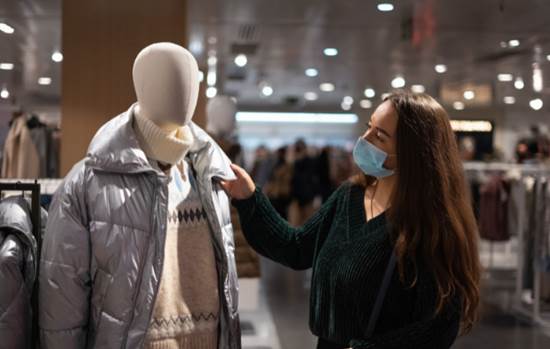
Besides nylon-caused manufacturing problems, fashion brands often want to design outerwear with a shiny appearance because of the more sleek, fashionable look. However, to create this shininess, manufacturers must give the outerwear either a plastic coating or a special finishing process. This shiny finish, albeit fashionable, creates problems for the consumer because studies have shown this shininess added to the fabric can cause more accidents. Since the plastic coating or chemical finish creates a more slippery outerwear, it can cause the wearer to hit obstacles with more force if they fall. Some ski resorts even prohibit people from wearing ski gear with such finishes because of the dangers it poses should skiers fall while wearing such garments. Not to mention that to create this shiny finish on outerwear, manufacturers must use certain chemicals, and therefore may need to make a more robust chemical safety plan to accommodate outerwear production.
Ultimately, fashion brands should design their collections keeping these manufacturing red flags in mind, and addressing manufacturer concerns thoroughly with their initial tech packs and sourcing choices. By designing their collections while anticipating production problems, they can save themselves extra production costs, avoid quality control issues, and set the stage for a favourable manufacturer-brand partnership that’s built to last.
This article has not been edited by Fibre2Fashion staff and is re-published with permission from makersvalley.net.





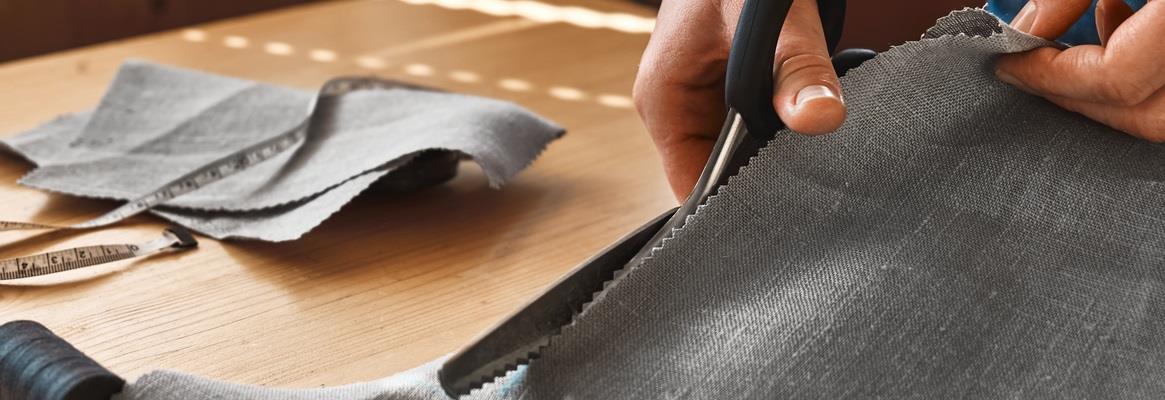




Comments